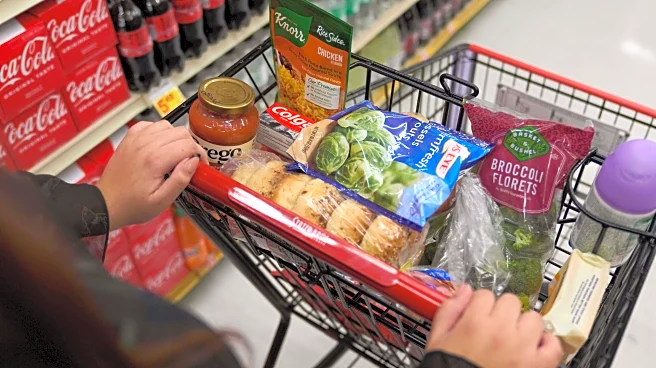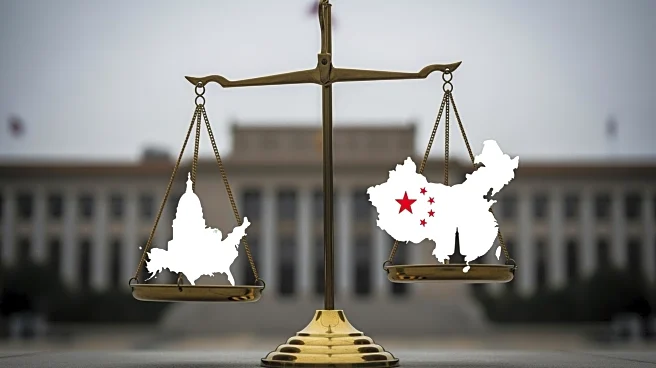What's Happening?
The USDA has not released its Crop Progress report for the fourth consecutive week due to the ongoing government shutdown. This marks a full month without official updates on crop progress and conditions.
Private estimates suggest that the corn harvest has reached approximately 72% and soybeans 84% nationwide. Despite the lack of official data, agronomists report rapid harvest advancement across the Corn Belt. The shutdown has affected all four expected October reports, with only four more reports anticipated for the 2025 season.
Why It's Important?
The absence of USDA Crop Progress reports due to the government shutdown is significant for farmers and agricultural stakeholders who rely on this data for planning and decision-making. The lack of official updates may lead to uncertainty in the market, affecting crop prices and farmer strategies. Private estimates provide some insight, but the absence of comprehensive data could impact the agricultural sector's ability to respond to changing conditions. The shutdown highlights the importance of government data in supporting the agricultural industry and the potential consequences of political disruptions.
What's Next?
With the government shutdown continuing, the USDA's ability to release future Crop Progress reports remains uncertain. Farmers and agronomists may need to rely on private estimates and field reports to gauge harvest progress and conditions. The shutdown's impact on agricultural data collection could influence market dynamics and farmer decision-making in the coming weeks. Stakeholders may advocate for a resolution to the shutdown to restore the flow of critical agricultural data.
Beyond the Headlines
The government shutdown's impact on USDA Crop Progress reports underscores the broader implications of political disruptions on essential services. The absence of official data may affect not only farmers but also related industries, such as food processing and distribution. The situation highlights the interconnectedness of government functions and industry operations, emphasizing the need for stable political environments to support economic activities.













